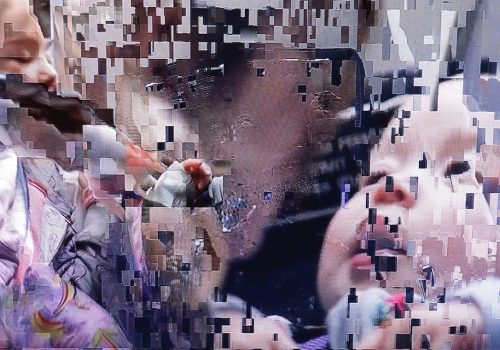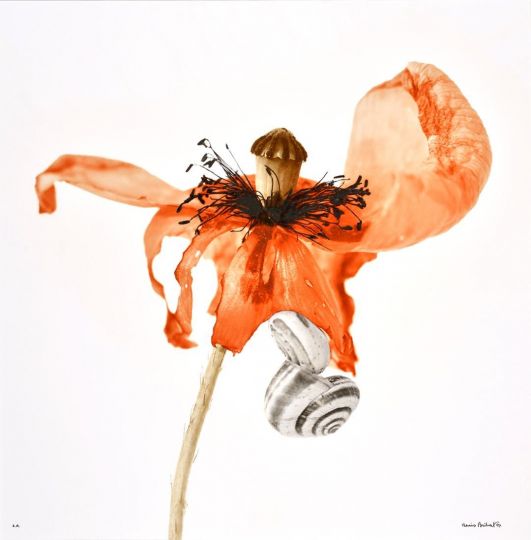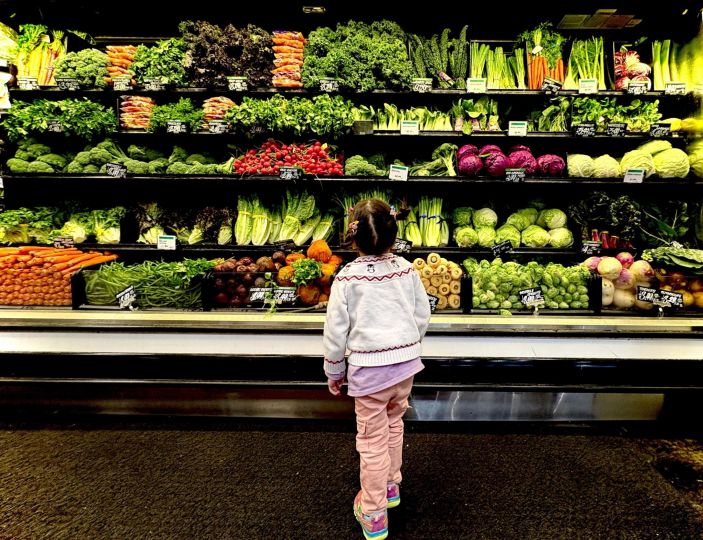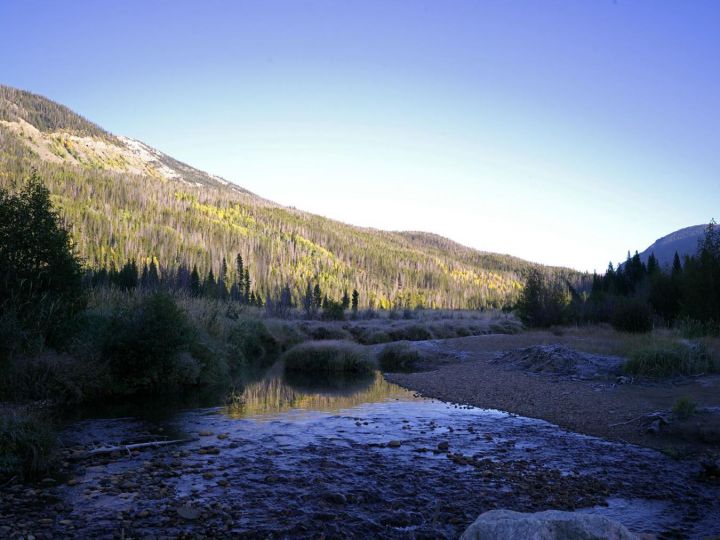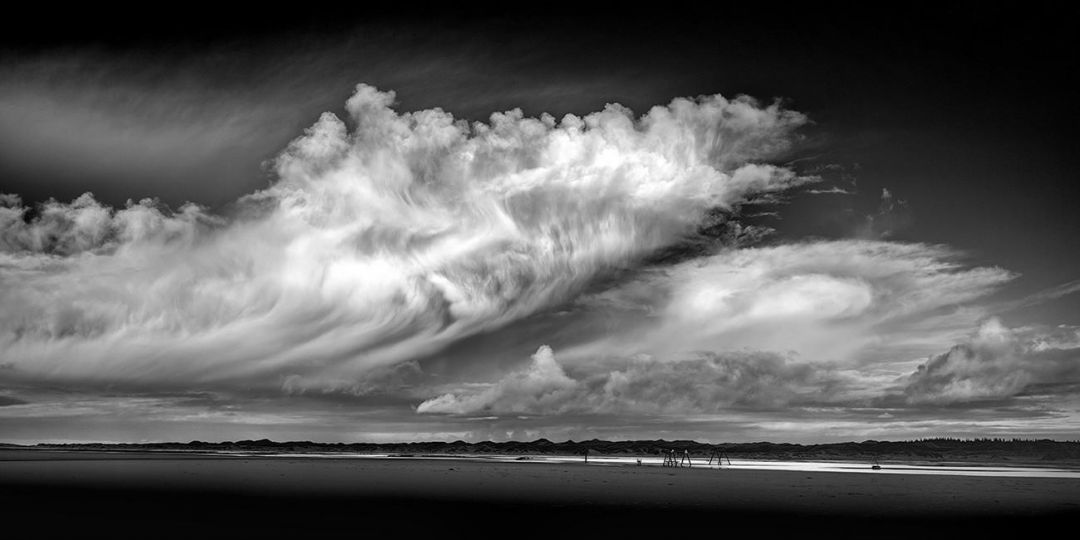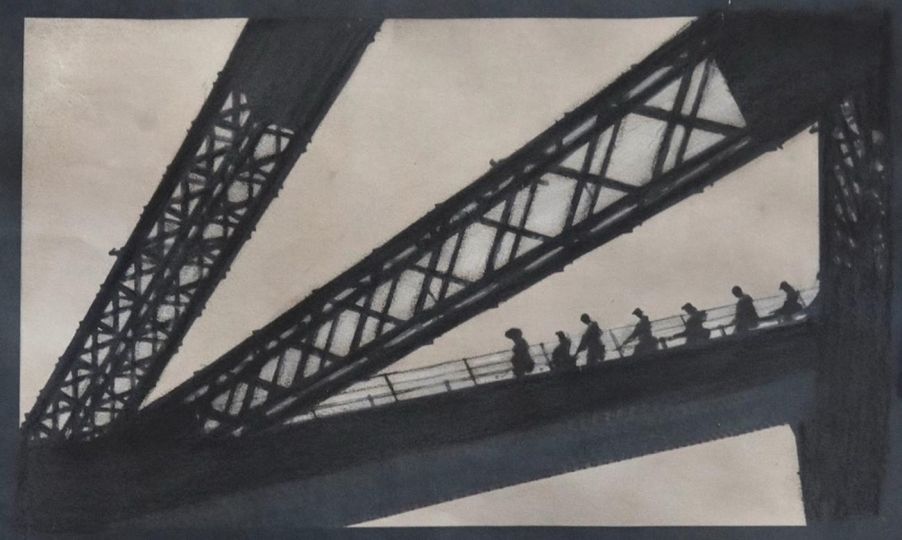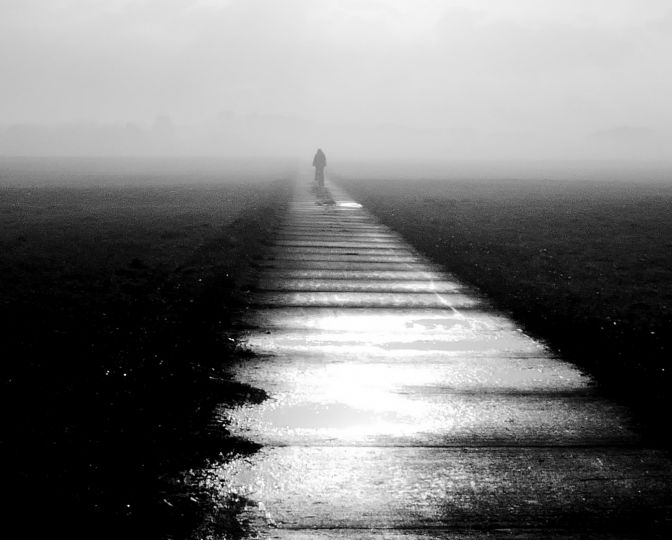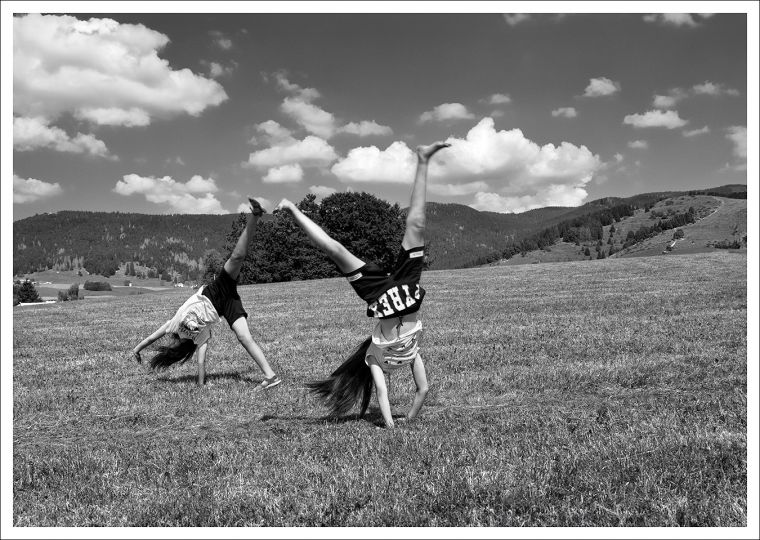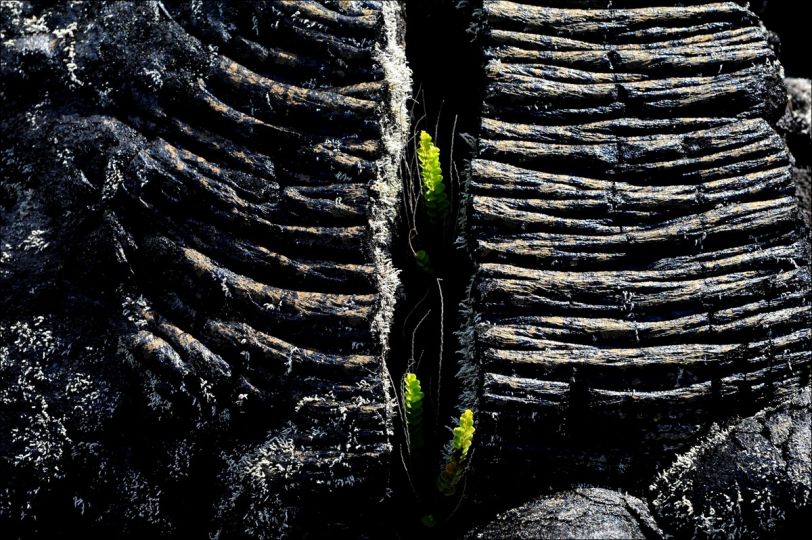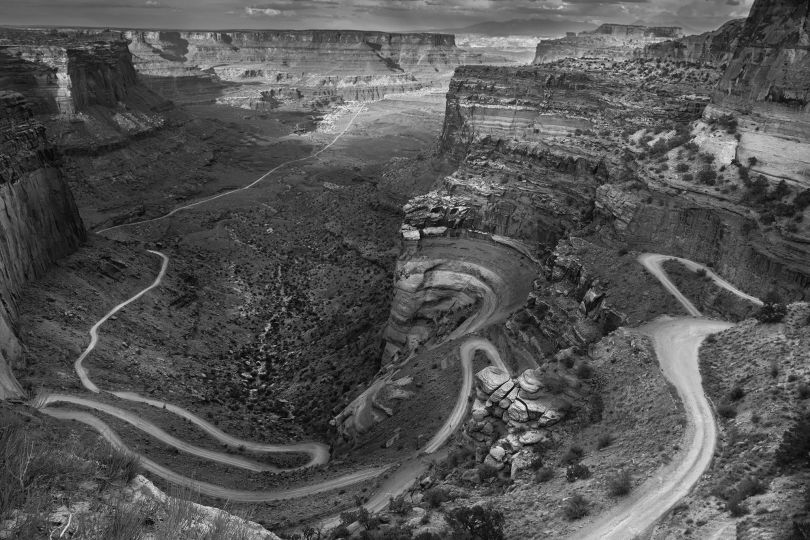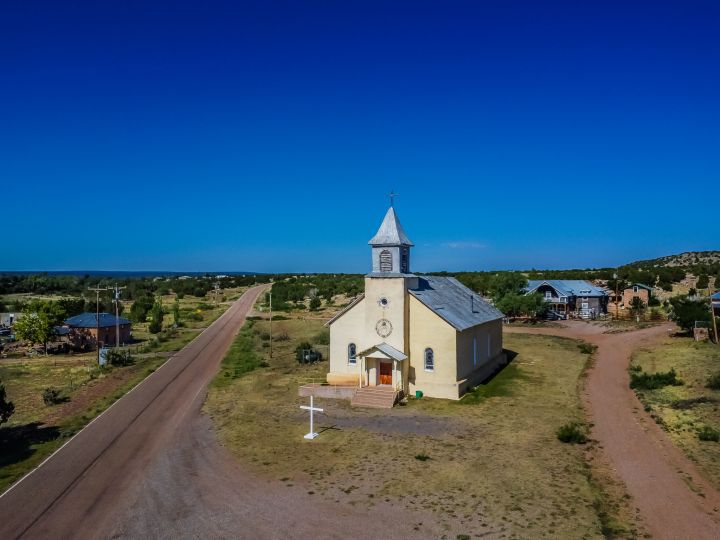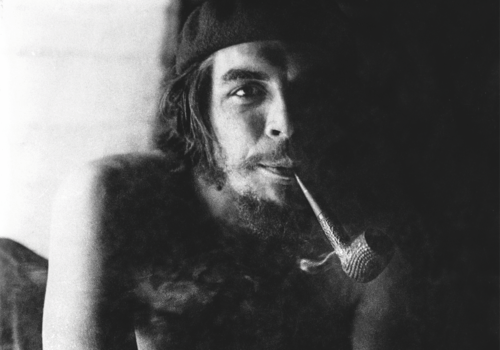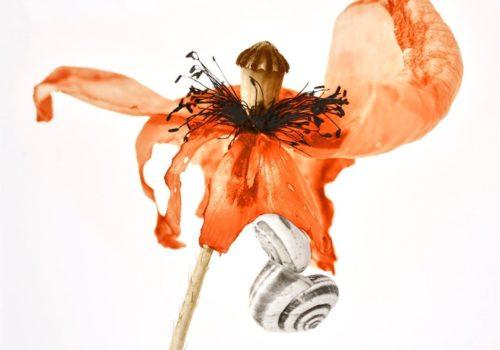There is a long history of photography being used to document the world around us. Early on it was realised that the photographic image was taken to be truthful and irrefutable evidence of what it portrayed. That sense of confidence almost defined photography, especially through the work of Magnum photographers. It was believed that documentary photography was a factual way to tell people what is going on and to trigger public outrage at what they see. Photo-journals created series of pictures to tell stories of exploitation, injustice, poverty, war and environmental destruction.
This confidence and trust in documentary photography has eroded over time. Yet even today in the age of fake news we still have an innate tendency to ‘believe’ what we see, if only for a moment. Unfortunately for the last few decades what we have been ‘seeing’ in the data and reports around climate change has been the subject of disbelief and rejection – at least from vested interests opposing action.
It is easy to understand the anger and urgency in the voice of Greta Thunburg and millions of other people who are alarmed by the collective inaction in the face of climate destabilisation. There is a sense of unease at humanity’s reluctance to embrace the truth of the image of the future that climate scientists are uncovering.
Rain Fade is a metaphor for that. Each image is a moment of climate disruption. It is the impact of heavy rain on a clear signal that breaks up the scene, recorded live by the camera in the tradition of photojournalism.
Climate disruption of the technology randomly edits the view, but it’s the same message each time.
“Humanity that, according to Homer, was once an object of spectacle for the Olympian gods, now is one for itself. Its self-alienation has reached such a degree that it is capable of experiencing its own destruction as an aesthetic enjoyment of the highest order”
Walter Benjamin, Illuminations
‘The decisive moment’ refers to the concept made popular by street photographer, photojournalist, and Magnum co-founder Henri Cartier-Bresson; capturing an event that is ephemeral and spontaneous, where the image represents the essence of the event itself.

